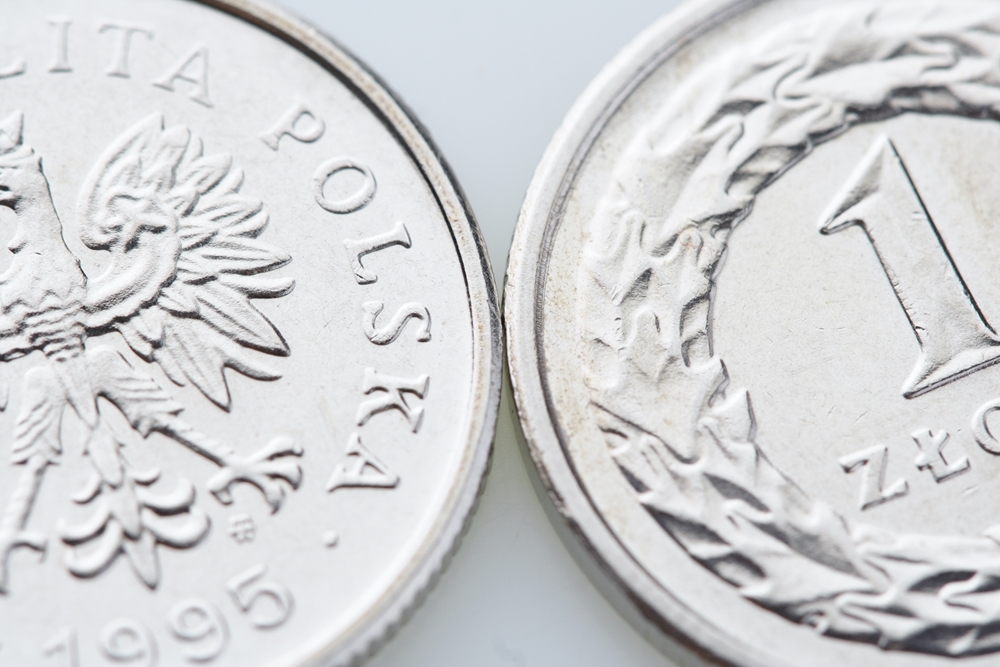The euro’s weakness against the U.S. dollar has strongly affected the value of the Polish zloty, which has now reached its lowest-ever value against the U.S. currency.
Both the U.S. dollar and the euro on Wednesday morning were worth more than 4.80 PLN. The Polish zloty has also fallen against other currencies; the Swiss franc was worth more than 4.85 and the British pound over 5.70 PLN.
The depreciation of the Polish zloty is greatly tied to the war in Ukraine and growing panic on financial markets. Poland’s currency stabilized for a while but is once again falling as a result of long-term trends tied to the war.
[pp id=42463]
Monday’s news of the closure of the Nord Stream 1 gas pipeline from Russia to Germany, allegedly for maintenance, has made the markets nervous once again. There is concern that Russia will use the closure as part of its energy blackmail against Western Europe. The euro also weakened against the dollar following the news, with the two currencies reaching parity for the first time in two decades.
Analyst Battosz Sawicki, from the currency trading platform Cinkciarz.pl, believes that if Russia chooses to limit or cut gas flows to Europe, it will lead to an energy crisis and a deep recession. This is why, he feels, the value of the euro is depreciating against the U.S. dollar and the Swiss franc. Together with the euro, other European currencies of countries dependent on trade with the EU are depreciating too, which explains the weakening of the Polish zloty, Swedish krona, and the Czech and Hungarian currencies.
[pp id=41698]
The story of the euro falling in value relative to the dollar is what is garnering the most headlines. The value of the euro has dropped by 5 percent since the beginning of the month and has fallen by 15 percent over the course of the year. The dollar is being strengthened by the U.S. Federal Reserve’s efforts to fight inflation, a buoyant labor market, and the country’s energy self-sufficiency, which helps the U.S. with its balance of payments and trade.
Sawicki says that parity between the dollar and the euro became a target for investors as soon as it became obvious the euro was in trouble. The euro, he feels, continues to be threatened with sell-offs and may continue in the doldrums for as long as the energy stand-off between Russia and Western Europe lasts.






